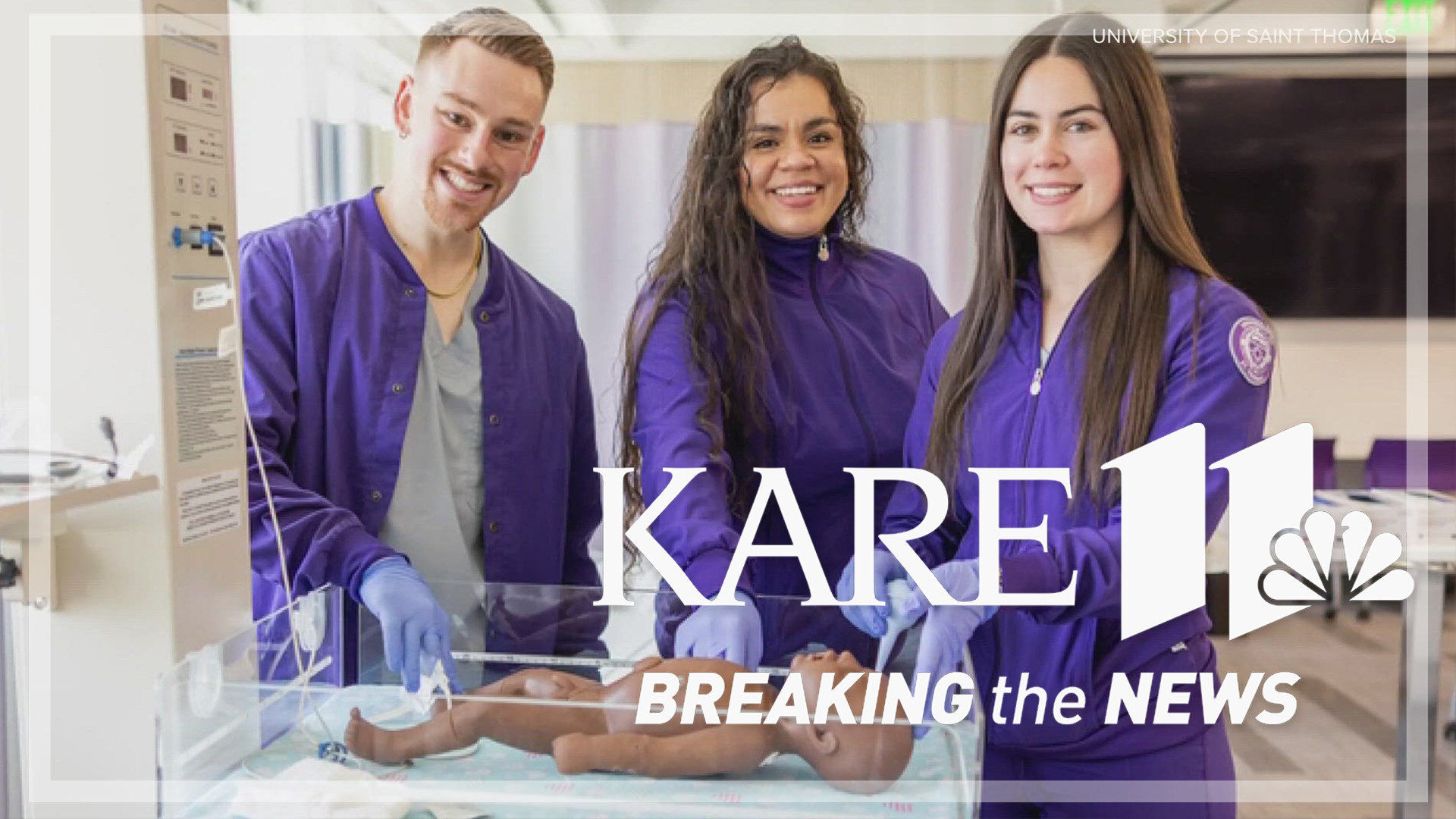MINNEAPOLIS — The Minnesota Hospital Association has released new numbers that suggest progress when it comes to the ongoing nursing shortage.
The association surveyed HR managers at hospitals and clinics across the state.
According to the report, nursing vacancy rates for Minnesota hospitals and clinics went from 14.73% in 2023 to 11.13% in 2024. This was the first time the vacancy rate has dropped since the pandemic.
The report also highlights new college nursing programs in St. Cloud and Duluth that should bring those vacancy rates down even further in the coming years.
The University of St. Thomas is also seeing increasing enrollment at their new nursing school on campus.
Annette Hines is the executive director for the nursing school, and she says the university is excited to be a part of the solution to this ongoing nursing shortage.
“Looking at these numbers there are definitely some positives, less of a shortage in our workforce, and that’s something we have been working towards," Hines said.
Hines was less excited about the numbers that focus on diversity in the nursing profession. The report shows the diversity rate has increased from 9.5% in 2020 to 13.4% currently.
"The diversity in nursing we still have a lot of improvement to make," Hines said. "That is one of the areas where here at St. Thomas we want to have students from underrepresented groups in nursing."
Hines is also concerned about the vacancy rates at rural hospitals and clinics.
“The numbers remain high in the rural areas where people are underserved," Hines said. "We need more people to be able to provide healthcare in the rural areas of Minnesota, but overall, looking at the report, the numbers are really looking a lot better."
The report also highlights a concerning trend for physicians.
While vacancy rates for nurses have dropped, the rates for physicians have climbed steadily since the pandemic.
The Minnesota Hospital Association says 1 in 7 general practice doctors in Minnesota will reach retirement age in the next five years.
Hines says the nursing profession may be able to address that gap through the use of nurse practitioners.
She says hospitals and universities should consider new programs that will encourage nurses to pursue additional training to become nurse practitioners.
“Nurse practitioners are able to fill an important gap in health care and often times they are able to fill the primary care people need, but also the specialty care areas and that will be needed in the years to come,” Hines says.

